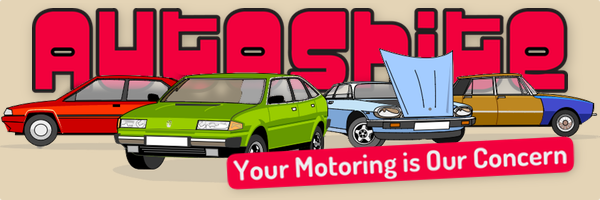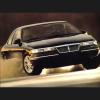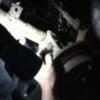Save another Val
-
Similar Content
-
Saved from ULEZ scrapping
By bigstraight6,
- 1 reply
- 648 views
-
Another collection thread
By UltraWomble,
- 15 replies
- 529 views
-
- 458 replies
- 50,076 views
-
Yet another impulse buy..
By bigstraight6,
- 0 replies
- 437 views
-
Another collection thread that isn’t.
By Ohdearme,
- 5 replies
- 476 views
-







Recommended Posts
Create an account or sign in to comment
You need to be a member in order to leave a comment
Create an account
Sign up for a new account in our community. It's easy!
Register a new accountSign in
Already have an account? Sign in here.
Sign In Now